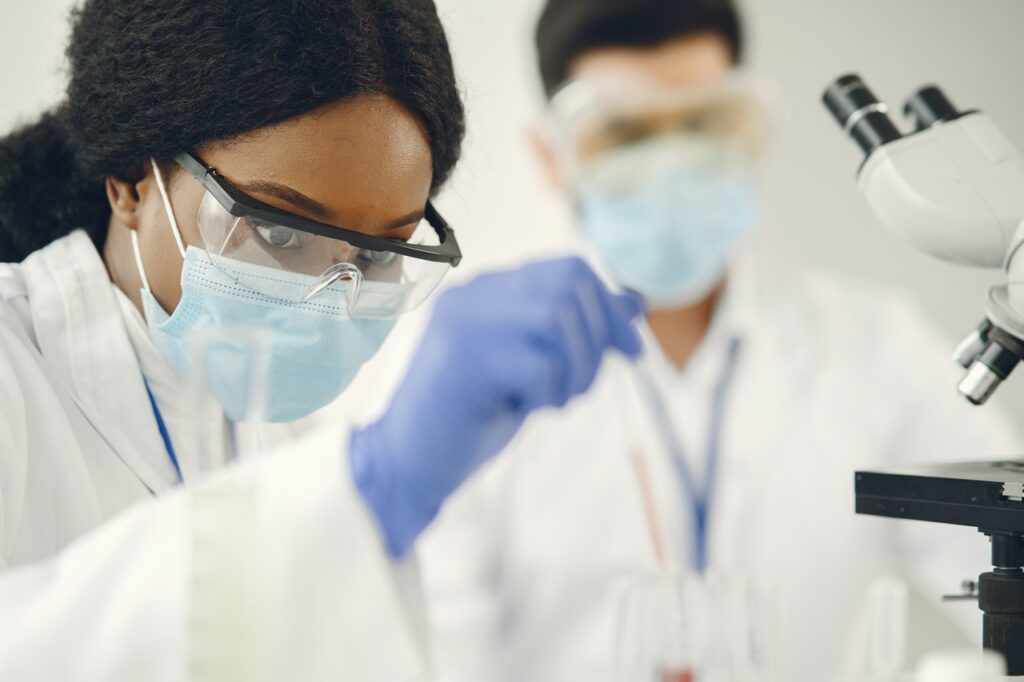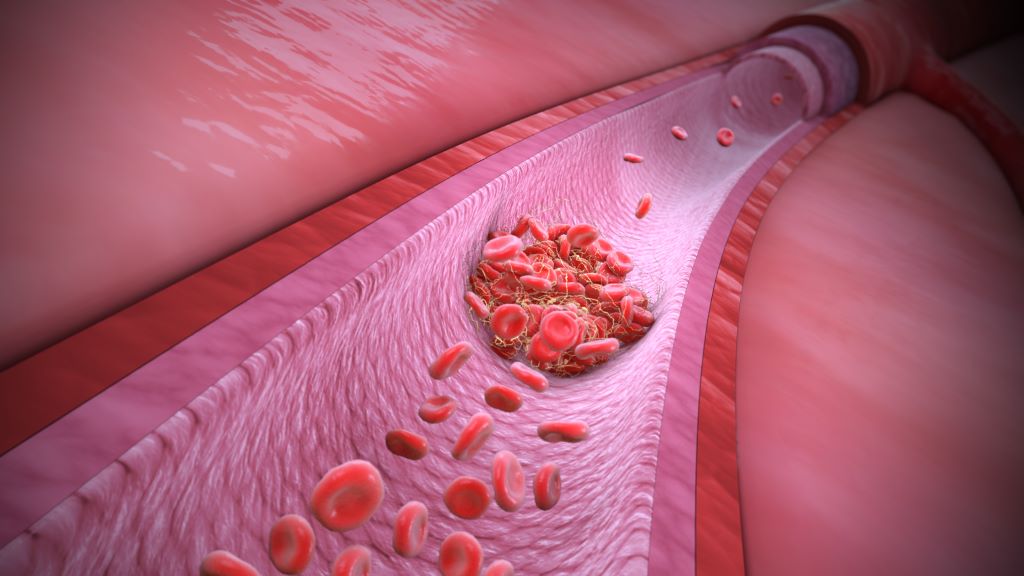Study Sheds Light on How Autistic People Communicate

There is no significant difference in the effectiveness of how autistic and non-autistic people communicate, according to a new study, challenging the stereotype that autistic people struggle to connect with others.
The findings, published in Nature Human Behaviour, suggest that social difficulties often faced by autistic people are more about differences in how autistic and non-autistic people communicate, rather than a lack of social ability in autistic individuals, experts say.
Researchers hope the results of the study will help reduce the stigma surrounding autism, and lead to more effective communication support for autistic people.
Direct communication
Autism is a lifelong neurodivergence and disability, and influences how people experience and interact with the world.
Autistic people often communicate more directly and may struggle with reading social cues and body language, leading to differences in how they engage in conversation compared to non-autistic people.
Story sharing
The study, led by experts from the University of Edinburgh, tested how effectively information was passed between 311 autistic and non-autistic people.
Participants were tested in groups where everyone was autistic, everyone was non-autistic, or a combination of both.
The first person in the group heard a story from the researcher, then passed it along to the next person. Each person had to remember and repeat the story, and the last person in the chain recalled the story aloud.
The amount of information passed on at each point in the chain was scored to discern how effective participants were at sharing the story. Researchers found there were no differences between autistic, non-autistic, and mixed groups.
Increased awareness
After the task, participants rated how much they enjoyed the interaction with the other participants, based on how friendly, easy, or awkward the exchange was.
Researchers found that non-autistic people preferred interacting with others like themselves, and autistic people preferred learning from fellow autistic individuals. This is likely down to the different ways that autistic and non-autistic people communicate, experts say.
The findings confirm similar findings from a previous smaller study undertaken by the same researchers. They say the new evidence should lead to increased understanding of autistic communication styles as a difference, not a deficiency.
Autism has often been associated with social impairments, both colloquially and in clinical criteria. Researchers have spent a lot of time trying to ‘fix’ autistic communication, but this study shows that despite autistic and non-autistic people communicating differently it is just as successful. With opportunities for autistic people often limited by misconceptions and misunderstandings, this new research could lead the way to bridging the communication gap and create more inclusive spaces for all.
Dr Catherine Crompton, Chancellor’s Fellow at the University of Edinburgh’s Centre for Clinical Brain Sciences





